Pigment Dispersion Syndrome Icd 10
Pigment dispersion syndrome icd 10. The most common type is open-angle wide angle chronic simple glaucoma in which the drainage angle for fluid within the eye remains open with less common types including closed-angle narrow angle acute congestive glaucoma and normal-tension glaucoma. The price is based on these factors. It is the second leading cause of blindness worldwide after cataracts.
Narrow angles refers to the anatomy at the front of the eye called the drainage angleThis is where fluid called aqueous humor drains from the eye. Onset may be as soon as 5 years post injury particularly if of older age at the time of injury but is more likely to be 10 years or more and up to several decades later particularly if. ICD-9 procedure codes are 3-4 digits.
Academic level Number of pages Urgency Cheap essay writing service. Well send you the first draft for approval by September 11 2018 at 1052 AM. Pigment dispersion syndrome happens when the pigment color from your iris the colored part of your eye flakes off.
Heterochromia is a variation in colorationThe term is most often used to describe color differences of the iris but can also be applied to color variation of hair or skinHeterochromia is determined by the production delivery and concentration of melanin a pigmentIt may be inherited or caused by genetic mosaicism chimerism disease or injury. Only show providers accepting new patients. If your ophthalmologist detects large drusen he.
Drusen are detected during a dilated eye examTo check your eyes your ophthalmologist will dilate widen your pupils using dilating eyedrops and examine your eyes with an ophthalmoscope a device that allows him or her to see the retina and other areas at the back of the eye. In the United States primary open-angle glaucoma is the most common form of glaucoma and is the leading cause of irreversible blindness in African Americans. According to the American Academy of Ophthalmology AAO 2019 pigment dispersion syndrome PDS occurs when the pigment rubs off the back of ones iris.
Glaucoma continues to be a major public health problem. Whether you are looking for essay coursework research or term. In someone with narrow angles the iris and the cornea are too close together.
This pigment then floats around to other parts of the eye. The tiny bits of pigment can clog the eyes drainage angle which can cause eye pressure problems.
Academic level Number of pages Urgency Cheap essay writing service.
Glaucoma is a group of eye diseases which result in damage to the optic nerve and cause vision loss. The industry currently uses about 4000 unique ICD-9-CM volume 3 codes to describe inpatient procedures. Academic level Number of pages Urgency Cheap essay writing service. This disease is typically asymptomatic until advanced visual field loss occurs. For professional homework help services Assignment Essays is the place to be. Glaucoma continues to be a major public health problem. Well send you the first draft for approval by September 11 2018 at 1052 AM. When the drainage angle is so narrow that the iris touches the cornea it blocks fluid from leaving the eye. This examination will allow him or her to see if drusen are present.
The industry currently uses about 4000 unique ICD-9-CM volume 3 codes to describe inpatient procedures. This disease is typically asymptomatic until advanced visual field loss occurs. In someone with narrow angles the iris and the cornea are too close together. Whether you are looking for essay coursework research or term. The ICD-10 code sets replace the current ICD-9-CM code set. Onset may be as soon as 5 years post injury particularly if of older age at the time of injury but is more likely to be 10 years or more and up to several decades later particularly if. According to the American Academy of Ophthalmology AAO 2019 pigment dispersion syndrome PDS occurs when the pigment rubs off the back of ones iris.



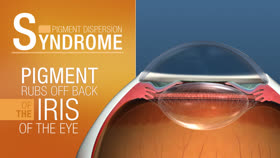


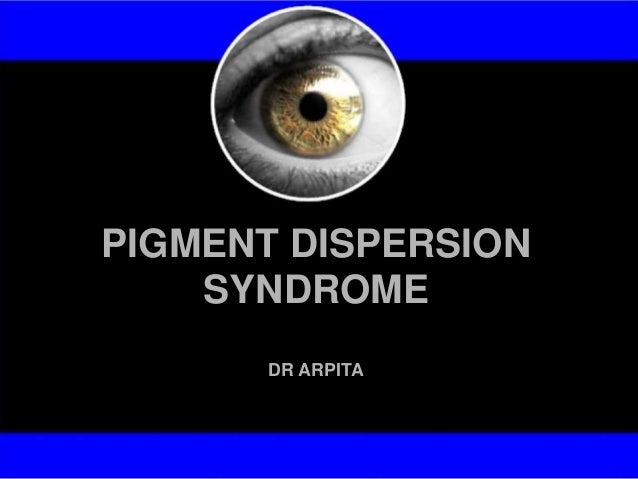









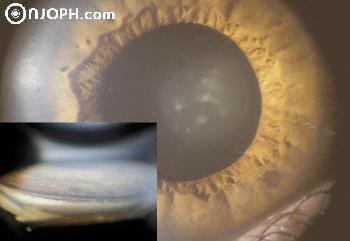


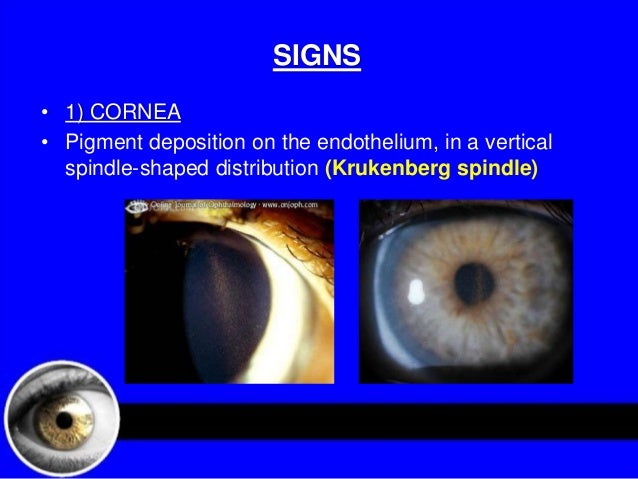
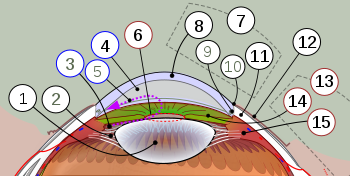
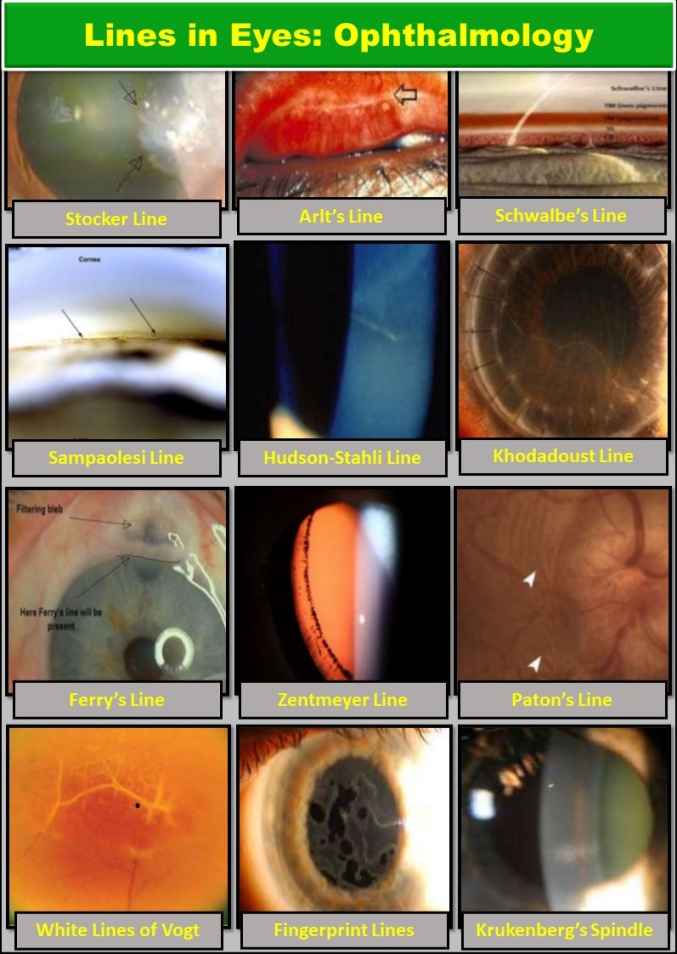





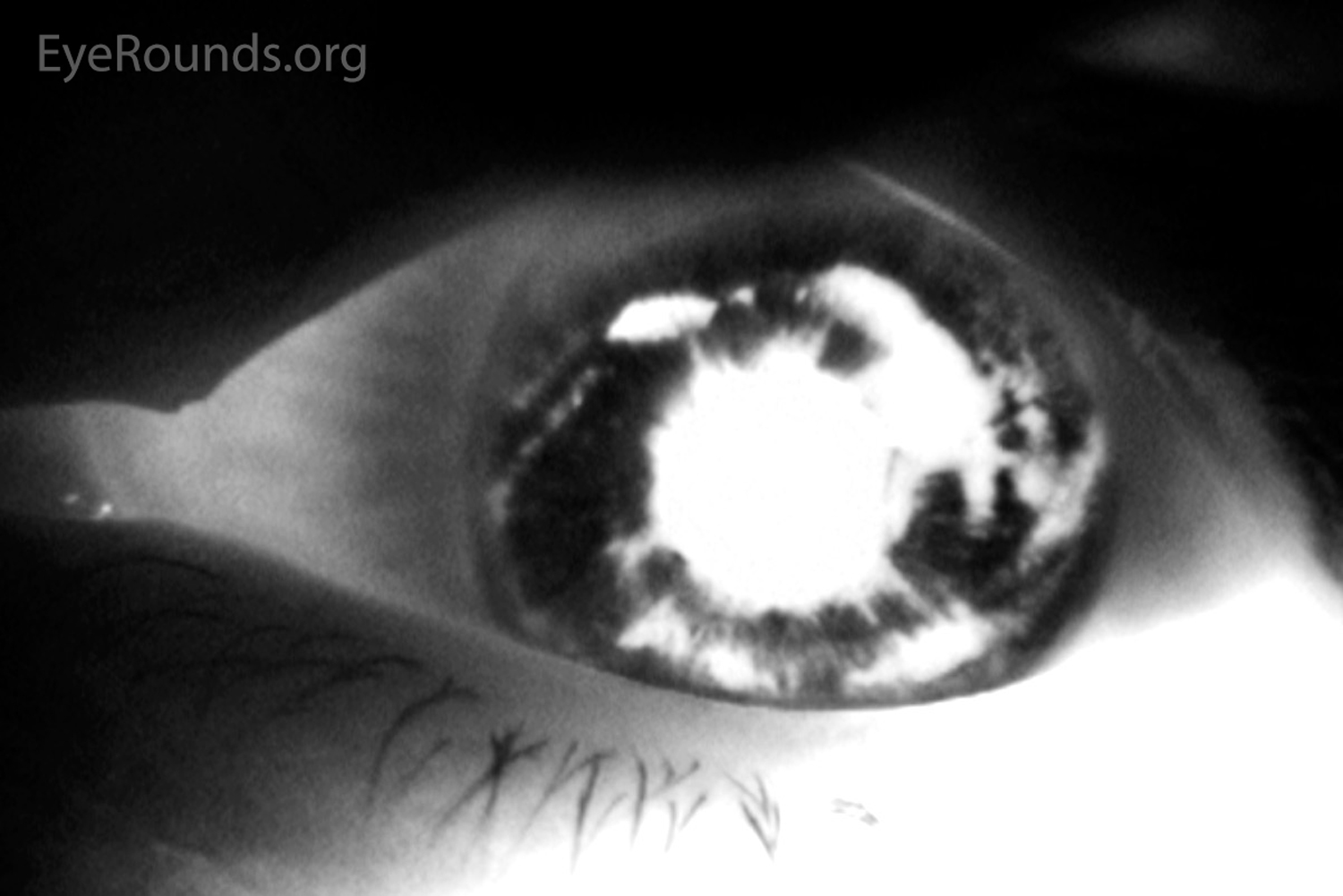
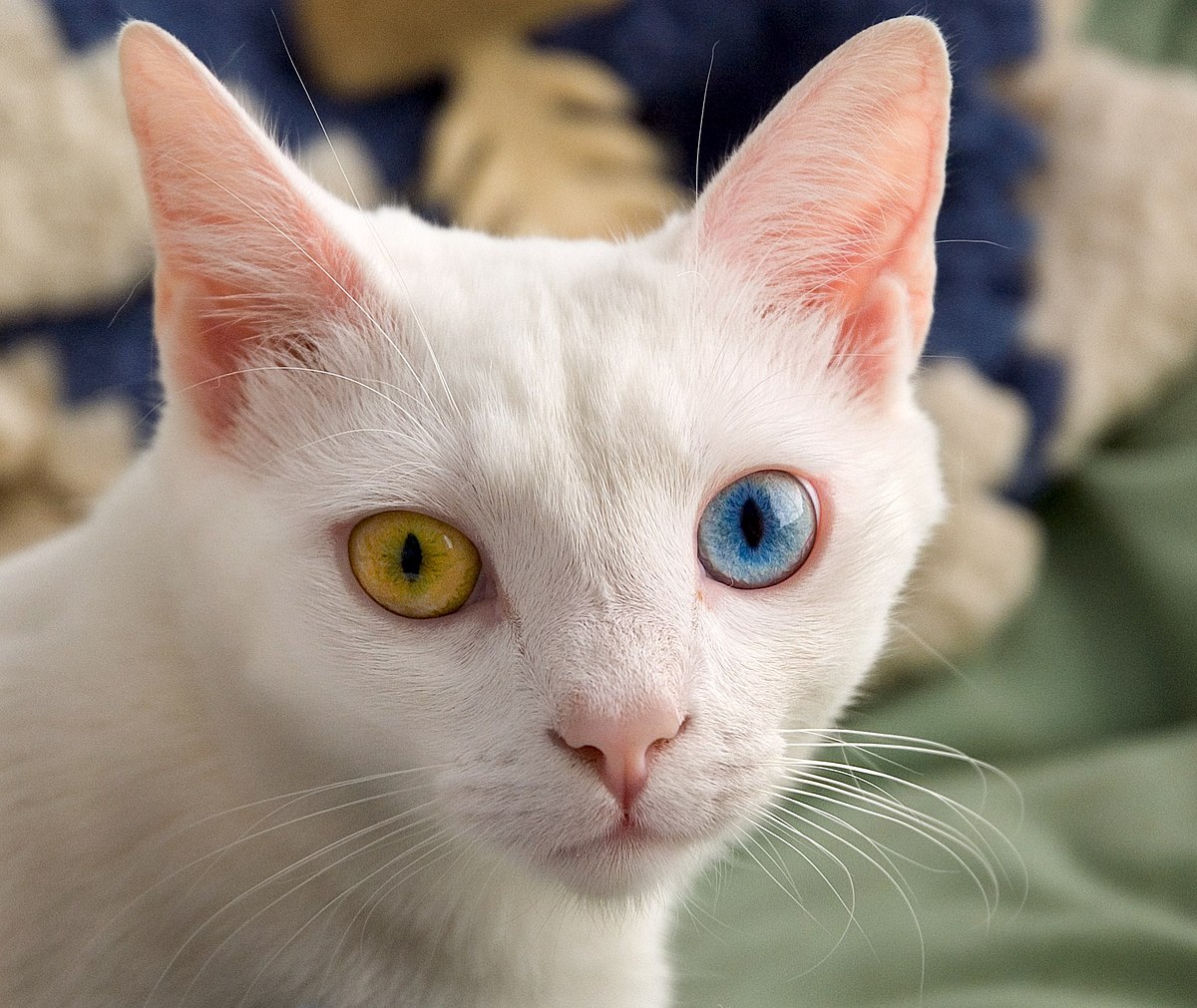
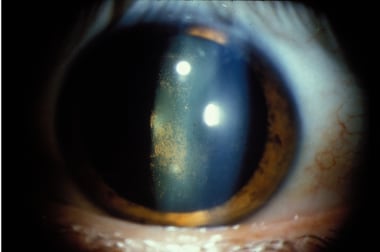
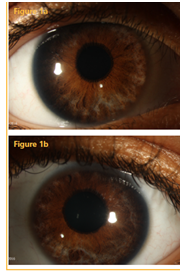
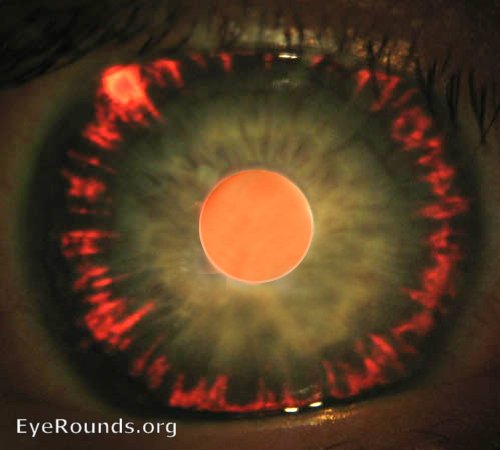


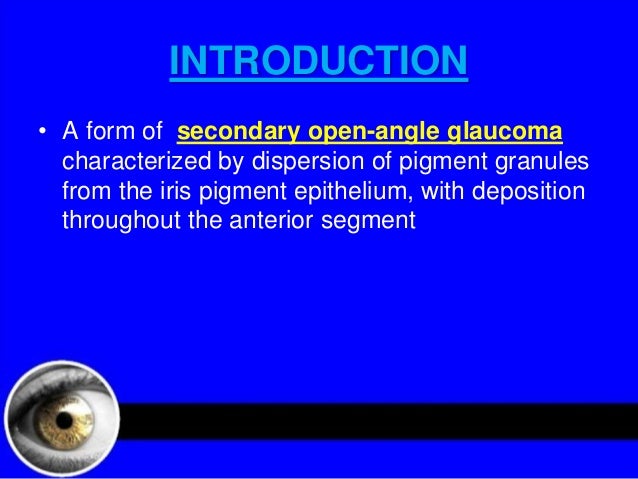
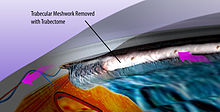
Post a Comment for "Pigment Dispersion Syndrome Icd 10"